I have integrated Snapchat's Creative Kit in my Android app. After processing, I receive an image from the server in the form of Byte Array which I am saving to the disk and then sending the file to the Snapchat's Creative Kit as shown below.
private fun downloadImage(
fileName: String,
imageByteArray: ByteArray?): Uri? {
val state = Environment.getExternalStorageState()
if (Environment.MEDIA_MOUNTED == state) {
val downloadDir = File(
Environment.getExternalStorageDirectory(), context?.getString(R.string.app_name)
)
if (!downloadDir.isDirectory) {
downloadDir.mkdirs()
}
val file = File(downloadDir, fileName)
var ostream: FileOutputStream? = null
try {
ostream = FileOutputStream(file)
ostream.write(imageByteArray)
ostream.flush()
ostream.close()
}
} catch (e: IOException) {
e.printStackTrace()
}
val snapCreativeKitApi = SnapCreative.getApi(context!!)
val snapMediaFactory = SnapCreative.getMediaFactory(context!!)
lateinit var snapPhotoFile: SnapPhotoFile
try {
snapPhotoFile = snapMediaFactory.getSnapPhotoFromFile(file)
} catch (e: SnapMediaSizeException) {
return
}
val snapPhotoContent = SnapPhotoContent(snapPhotoFile)
snapCreativeKitApi.send(snapPhotoContent)
}
}
I have also added provider in the manifest file as shown below:
<provider
android:name="androidx.core.content.FileProvider"
android:authorities="${applicationId}.provider"
android:exported="false"
android:grantUriPermissions="true">
<meta-data
android:name="android.support.FILE_PROVIDER_PATHS"
android:resource="@xml/provider_paths_app" />
</provider>
And in the provider_paths_app.xml, I have tried all the possible paths by referring this answer and none of them works.
<?xml version="1.0" encoding="utf-8"?>
<paths xmlns:android="http://schemas.android.com/apk/res/android">
<external-path
name="My App Name"
path="." />
</paths>
With the above path, I am getting the below error.
Couldn't find meta-data for provider with authority my.package.name.fileprovider
All I have to do is send this image to Snapchat but I am unable to figure out what I am doing wrong. Any help will be appreciated.


